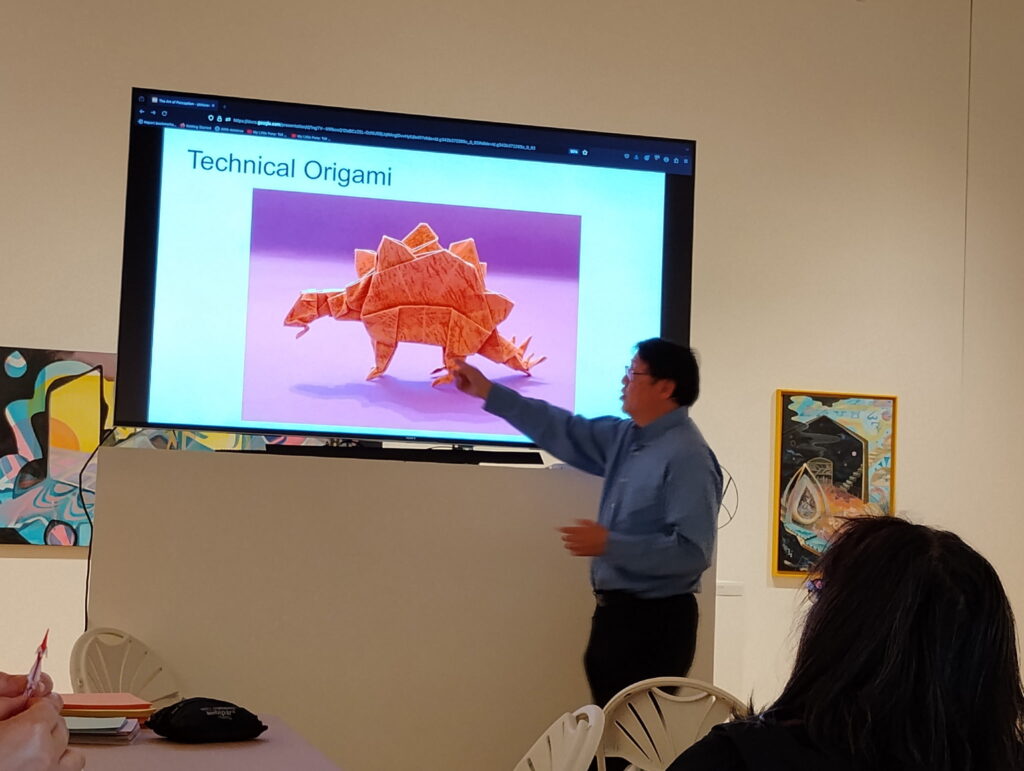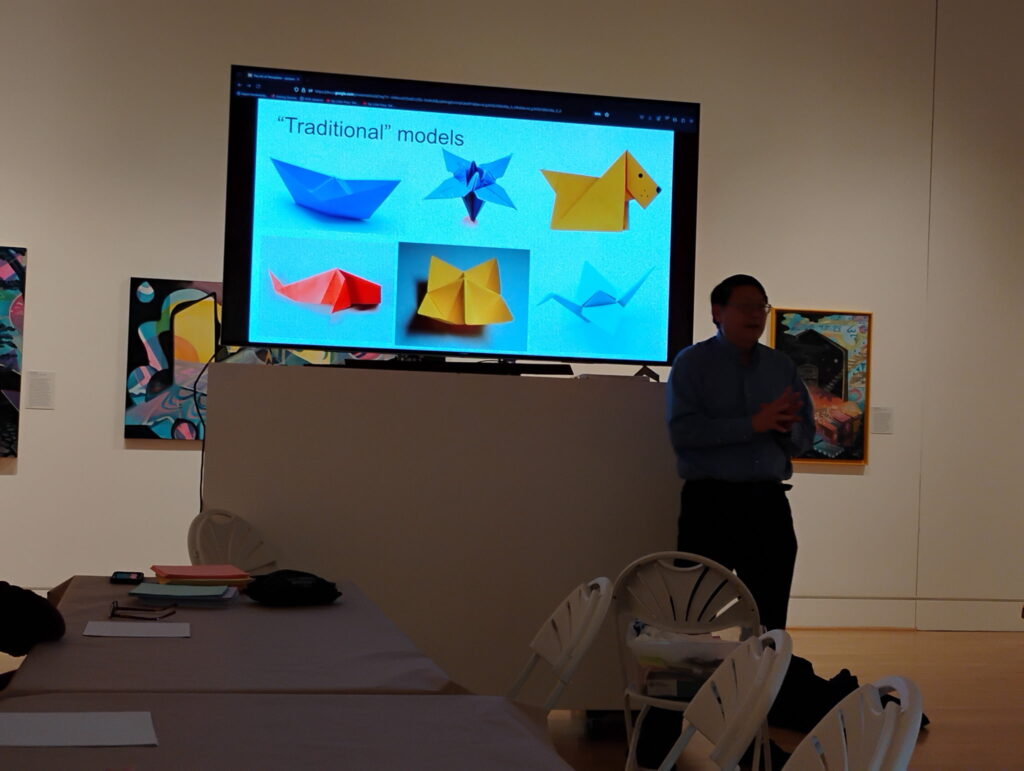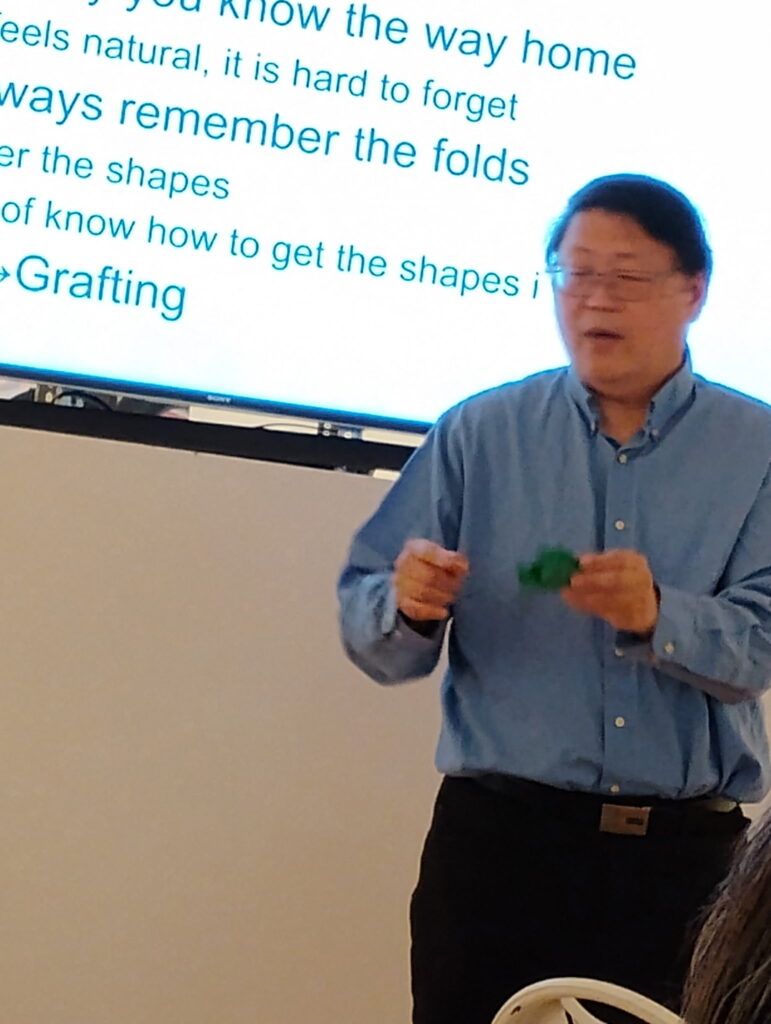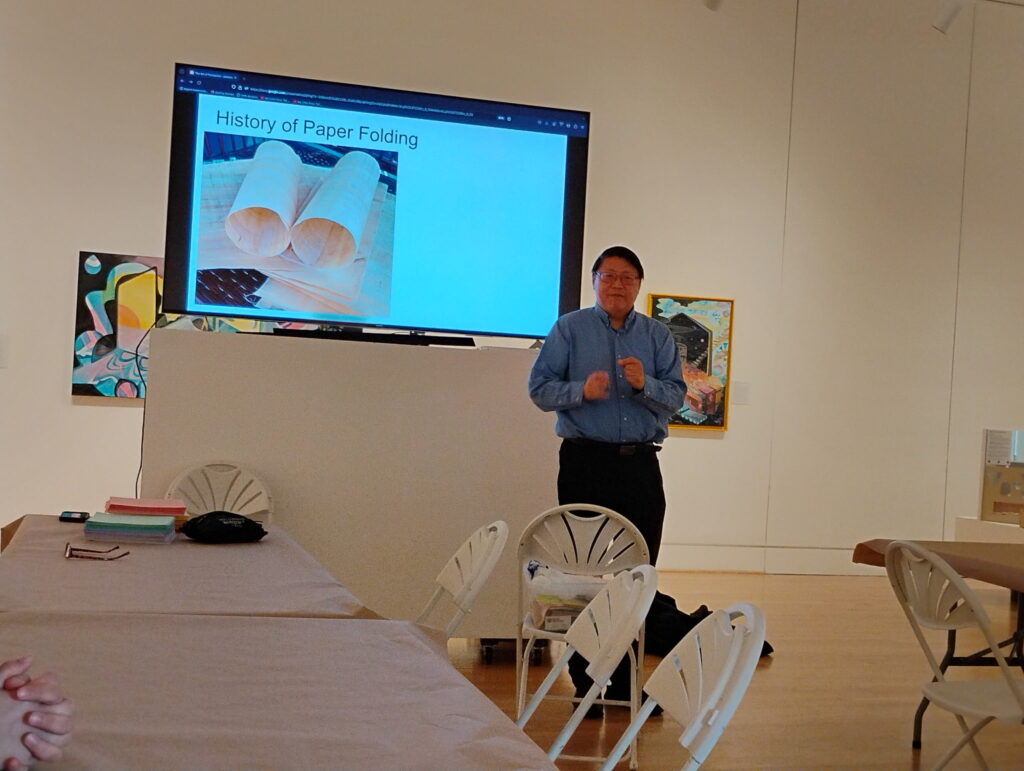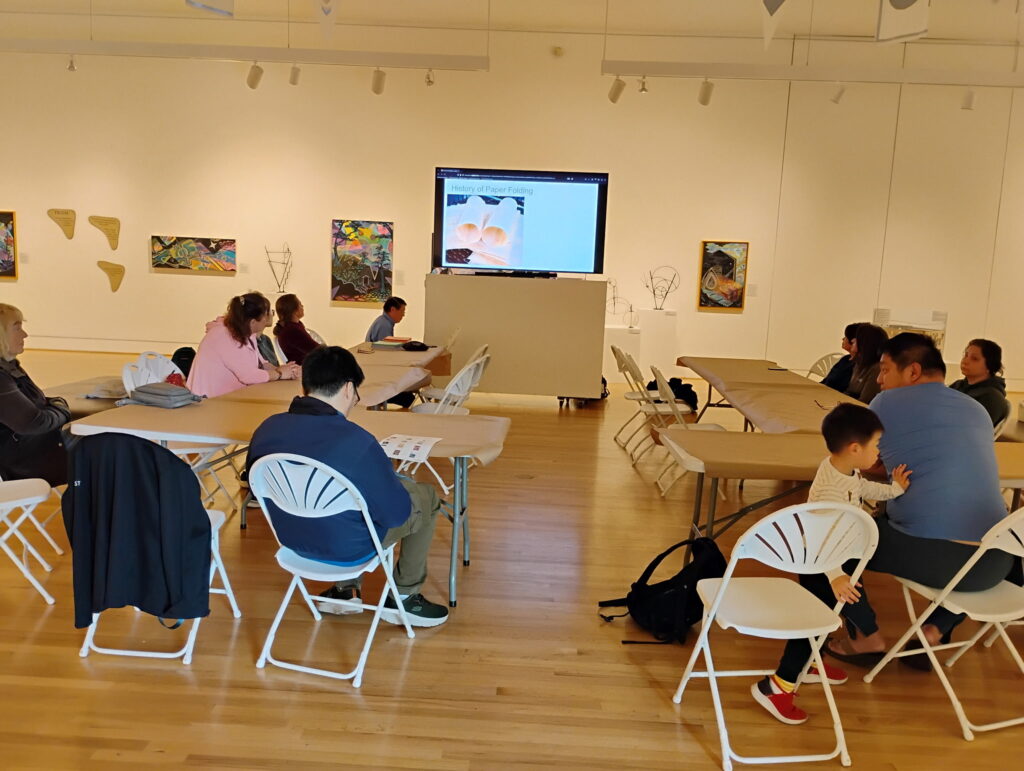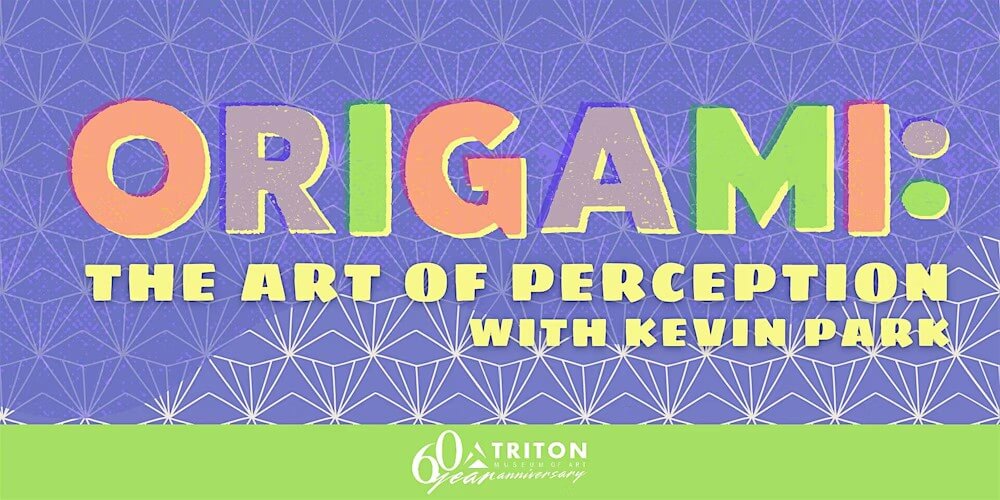(this e-mail was sent in response to a one-sided “news” story in the SF Chronicle)
From: Kevin Park <santaclarakevin at gmail.com>
Sent: Thursday, October 22, 2020 5:17 PM
To: Killion, Ann <@sfchronicle.com>
Subject: Kevin Park, candidate for Santa Clara City council district 4
Ms. Killion,
My name is Kevin Park and I am a candidate who is running for city council in Santa Clara. Although I am a candidate that Jed York supports in this race, I have never been a stadium fan or a ’49er supporter. I opposed the stadium actively, walking against Measure J and speaking out against city council and the then-supporters of the campaign, of which Lisa Gillmor was the main one.
I read your article, but it was far from a complete story or balanced.
If you would like to hear my story, please feel free to respond or call me at 408 xxx xxxx. You can also read more at my website www.KevinPark.org/news
Thank you for your time.
Kevin Park
Candidate, Santa Clara City Council District 4
On Fri, Oct 23, 2020 at 10:51 AM
Killion, Ann @sfchronicle.com wrote:
Hi Kevin,
Thanks for reaching out. The column is about Jed’s astounding – and many would argue – obscene amount of money being poured into a smallish-city’s city council race. It’s not out of the goodness of his heart. Good luck in your campaign.
Ann
From: Kevin Park <santaclarakevin at gmail.com>
Sent: Sunday, October 25, 2020 2:05 AM
Ann,
Thank you for your well wishes.
While I understand — and in many ways agree with — your view of the situation, it is not fair to the public, or the candidates, to not address other aspects of the story.
Did stadium supporters — of which I was not — mention the equally “obscene” amount of money put poured into a “smallish-city’s” elections in 2010 when Measure J was on the ballot and Lisa Gillmor, Kathy Watanabe, and Debi Davis worked with Jed York’s organization on advertising and marketing? Do you really think it was coincidence that these same people eventually made it to city council, two through the benefit of appointment by a council that also backed the stadium deal? As you say, it was not necessarily “out of the goodness of his heart”; Jed York is a businessman, and the ’49ers are a business. I wish more people had understood that during the time of Measure J, before we had a stadium and millions of dollars worth of debt — especially the people who made it to council.
It is funny that you characterize the money spent supporting Measure J as a “mere $4 million”, yet this year we have an “unprecedented $3 million”. I do not know if you understand what “mere” and “unprecedented” mean. Clearly your article was written with an intentional slant. You could just as easily have asked, “Why is the city, and Lisa Gillmor in particular, spending any time or money sending out propaganda pieces claiming that Kevin Park would eliminate the curfew when he has not said anything of the sort?”
A big difference in this election is that the people Jed York is independently supporting did not work with him or his organization in any way to garner that support. In fact, the records will show that Suds Jain and I actively campaigned against the stadium and Jed York’s influence in the City. When Measure J passed and the stadium terms changed, I further fought to bring the changes to another vote, as the terms were no longer what the people had approved. I was an active member of the Santa Clara Citizens Advisory Committee and I asked both the City and the ’49ers to defend the deal at a meeting. I have been — and still am — critical of the way we brought the stadium into the City and fight for better management.
But that is only a big difference. The biggest difference is not that we did not work with Jed York, like the people supporting Measure J — that is only an indication of the difference.
The biggest difference in this election is the makeup of the candidates: I am an independent individual who deals with the issues and is not beholden to corporations or businesses, no matter how much money they “invest”. I do not have ambitions to be a career politician. A simple inspection of the “city-backed” candidates will show that this is not true for them. I have accepted neither money nor endorsement from special interest groups or partisan organizations. If I am “beholden” to anyone, it is the residents of Santa Clara, and I make it clear in every aspect of my campaign. I cannot stop Jed York from spending money against the city any more than I can stop you from writing stories supporting it.
For you to buy into the narrative that money — especially independent expenditures over which we have no control — in support of any candidate must make the candidate beholden to the source of that money, or any organization, is narrow-minded and ignorant, no matter how “understandable” you try to make it.
For you to promulgate this narrative, working with the city on a story where you did not even ask the “other” side for comment, is bad journalism.
Jed York is a businessman, and the ’49ers are a business. Motives are certainly in question whenever an action is taken, and money certainly draws more attention. But you seem to make the argument that the entity behind the investment makes that investment bad. “Hitler is against cancer, so we must be for it.” Instead, we should look at the issues, not just the people — or money — that are for and against them. I am not in the pockets of Jed York or any person or organization and I am certain that any “deals” I help make with his organization will be fair and favorable to the City of Santa Clara.
Your view on this subject will likely not be changed by rationalization, and I do not deign to change the principles that become you.
I would ask that you provide a journalistic service to the people and give them as much information that is available so that they can make the best decisions for their families and livelihoods. If I were unwilling to speak, that would be another issue, but when information is available, why would you not at least examine it and enter it into record?
It is the ignorance of “the educated” or “professionals” that causes them to accept generalizations as the rule, and the consistency of “principled” people that cause them to overlook things they are unwilling to see. Whether you cannot learn a new thing or will not learn a new thing, whether you lack the capacity and training or simply refuse out of beliefs, there is no difference. Humanity — any engine really — does not move with status quo, but with change, and our ability to understand and harness differences.
Good luck in your profession. I can be reached at the contacts listed on my previous correspondence if you decide that your writing should somehow become journalism.
Kevin Park
Independent Candidate
